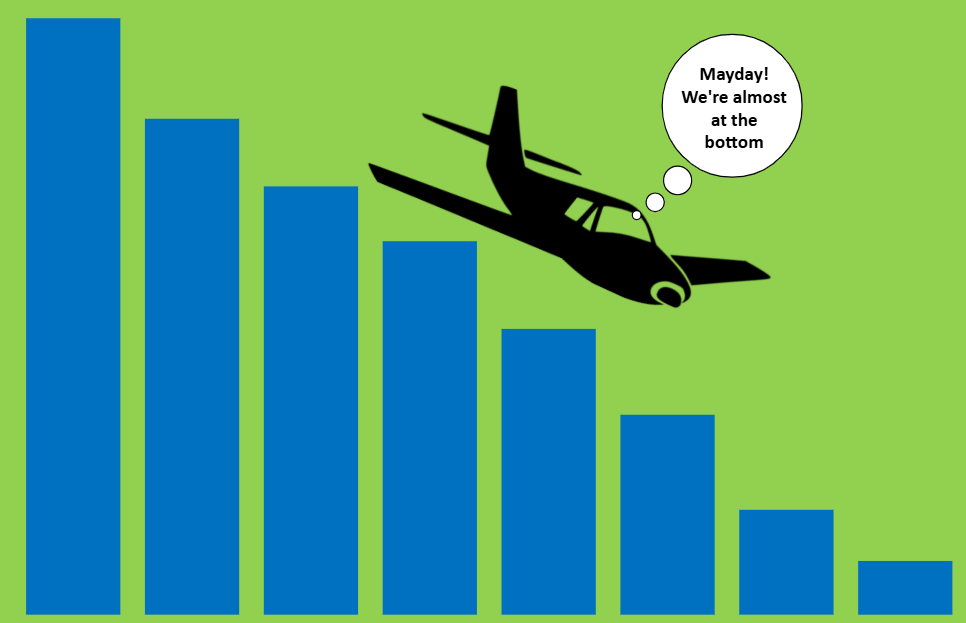Historic Aerial Imagery - Revealing the Past and Informing the Future
- jamesmckenzie654
- Oct 9, 2023
- 3 min read
Aerial Surveys now has two Leica large format negative scanners running and ready to reveal the past and help inform the future. In the world of historical preservation and environmental monitoring, historic aerial imagery is a powerful tool that can unveil the secrets of time. In this blog post, we will delve into the diverse use cases for historic aerial imagery, showcasing its applications in change detection, historic land use and more.

Aerial Surveys historic library currently holds the following 1990's region capture:

This is only a small portion of what you can find in Aerial Surveys historic Library. On top of this we have recent regional capture for 6 regions of New Zealand that are not available on LINZ data service (LDS).
1. Change Detection:
Preserving the Past, Monitoring the Present
Change detection is the art of identifying and analyzing alterations in our surroundings over time. Historic aerial imagery serves as a time machine, allowing us to witness changes that might otherwise go unnoticed:
Urban Development: Track the growth of cities and urban areas, identifying new infrastructure and demographic shifts.
Land Use Changes: Detect alterations in land use, such as the transformation of agricultural land into residential developments or industrial zones. Identify old mines for preservation and or future use.
Environmental Monitoring: Observe how natural landscapes change due to factors like deforestation, urbanization, or climate change.
Contamination Monitoring: Identify past land use that may have resulted in contamination and track the change over time.
2. Tracking Town Changes:
Unearthing the Evolution of Communities
Historic aerial imagery enables us to journey back in time and explore how towns and communities have evolved:
Heritage Preservation: Aid in the preservation of historic districts by documenting architectural changes and urban development.
Community Planning: Support urban planners in making informed decisions by understanding how towns have expanded and adapted over the years.
3. Coastline Changes:
Guardians of Coastal Ecosystems
Coastal areas are dynamic, constantly shifting due to natural processes and human activities. Historic aerial imagery helps in monitoring these changes:
Erosion and Accretion Studies: Analyze the impact of erosion and sediment deposition on coastlines, vital for coastal management and protecting communities.
Natural Disaster Assessment: Track the aftermath of natural disasters like hurricanes and tsunamis, aiding in recovery efforts and future disaster mitigation.
4. Forestry Management:
Sustainable Forestry Practices
Forestry management is crucial for environmental conservation. Historic aerial imagery plays a role here as well:
Land Use: Historic imagery can reveal how both forestation and deforestation have changed the landscape and in turn show the positive and negative effects on the land.
Emissions Trading Scheme (ETS): ETS requires proof of land use circa 1990. Aerial surveys holds regional coverage for most of New Zealand for this time period which will be valuable for those wanting to take part in this scheme.
Forest Health Assessment: Detect signs of disease, invasive species, or deforestation, allowing for timely interventions and sustainable forest management.
Timber Yield Estimation: Assist in estimating timber yields and optimizing harvesting operations.
5. Heritage Site Preservation:
Guardians of Cultural Treasures
Historic aerial imagery is an indispensable tool in preserving and managing heritage sites:
Identify Historic Sites: Using scans of historic imagery can be used to identify heritage sites that maybe of significance. This could include Māori Heritage Sites.
Documentation and Restoration: Capture high-resolution images of heritage sites, aiding in restoration efforts and ensuring their historical accuracy.
Conservation Planning: Assist in developing conservation plans, helping to safeguard these cultural treasures for future generations.
Conclusion:
Historic aerial imagery is a treasure trove of insights, offering a unique perspective on our history, development, and environmental changes. At Aerial Surveys, our team is geared up and ready to unlocking the potential of this invaluable resource, serving a wide range of industries, from urban planning to environmental conservation. In the world of GIS mapping we understand that scanning is the first step to unlocking the value of this imagery, that’s why Aerial Surveys is always looking to work with our clients to develop products to extract the most value.
Contact us today to learn more about how our historic aerial imagery scanning service and our team of GIS professionals can help you reveal the past and extract value from this invaluable source of data.




Comments